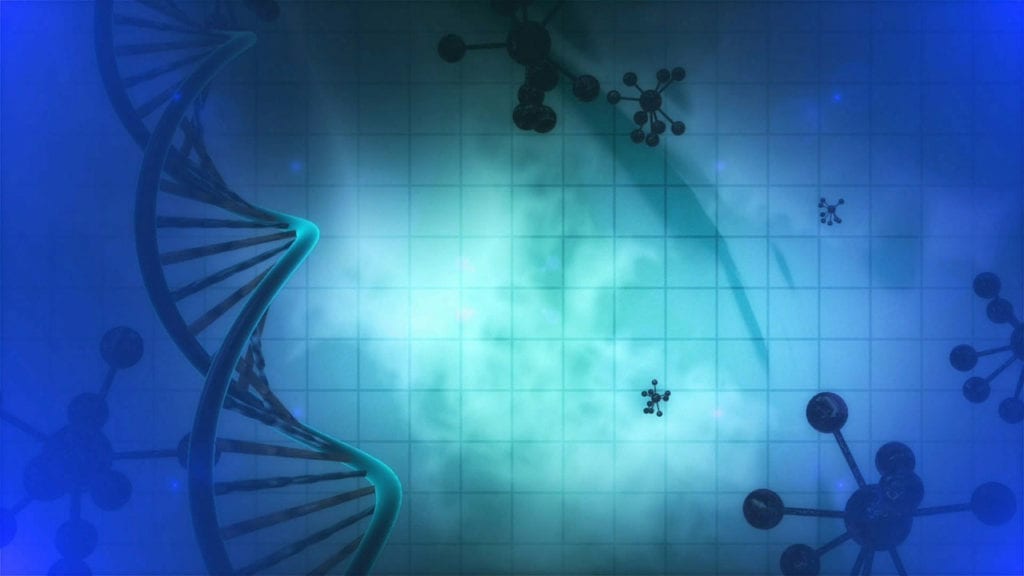Researchers have succeeded in editing genes to prevent a metabolic disorder called hereditary tyrosinemia type 1 (HT1) in animals while they are still in the womb. The team, who are from the University of Pennsylvania’s Perelman School of Medicine and the Children’s Hospital of Philadelphia (CHOP), are hopeful that these techniques may be used as a therapy for human infants in the future. You can read about this news in more detail at the source article by CHOP here.
About Tyrosinemia Type 1
HT1 is a rare inherited disorder that can cause liver disease. It is caused by mutations in the FAH gene, which is involved in making the FAH enzyme. Without enough functional copies of the FAH enzyme, the body isn’t able to properly break down tyrosine (an amino acid). This leads to tyrosine building up, often in the liver, kidneys, and central nervous system.
People with HT1 are affected by the disorder differently, but typically the first signs of the condition begin to develop early on, and frequently within the first few months of life. The first symptoms often manifest as not gaining enough weight or growing at the expected rate, and, if left untreated, the disorder may lead to severe complications such as liver failure. According to CHOP’s article, HT1 is often treatable using the drug nitisinone and a controlled diet, but, in some cases, these approaches may not be effective.
The Study
The research team edited the genes of two groups of murine models. In one group of healthy mice, the scientists reduced cholesterol levels by editing a gene that is involved in regulating cholesterol while the mice were in the womb. The second group studied were murine models of HT1. The researchers used CRISPR-Cas9 and BE3 gene editing tools to target the gene that underlies the disorder while the animals were pre-natal.
The group with HT1 that were treated showed improved liver function. According to CHOP’s article, the mice showed stable levels of edited liver cells for as long as three months following the therapy, and, in addition, those treated using BE3 were found to be healthier than mice that were given nitisinone (a treatment currently used for patients with HT1).
Future Uses
The researchers say that they hope this technology could be used on human infants one day. Dr Peranteau, who co-led the study, says that the “ultimate goal” is to “treat severe diseases diagnosed early in pregnancy.” He also hopes that these techniques could be used for conditions other than HT1, particularly life-threatening or severe “congenital diseases that currently have no effective treatment.”
You can find the original study, published in Nature Communications, by clicking here.







